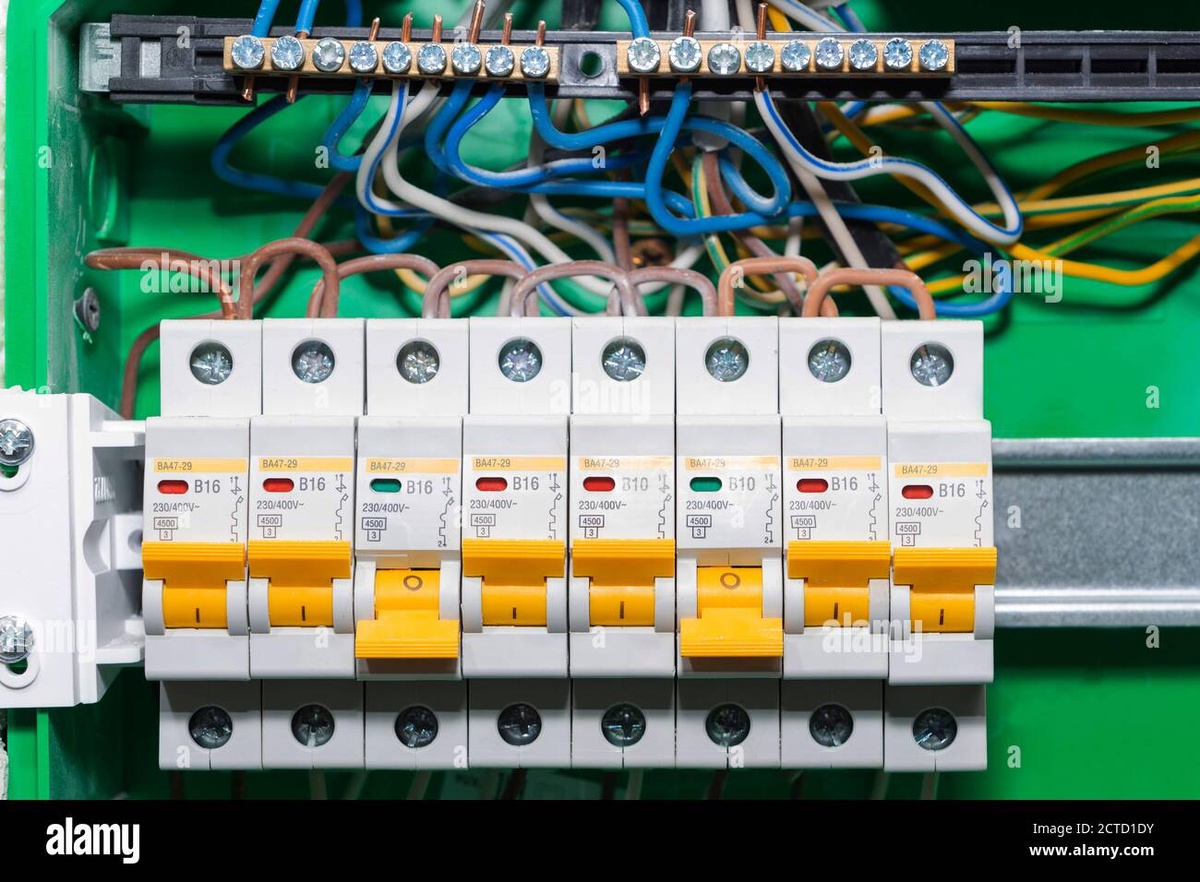Electrical earthing, often referred to as grounding, is a crucial aspect of electrical systems that ensures safety and proper functioning. It involves connecting electrical circuits and equipment to the Earth or a conductive mass to prevent electrical shock, reduce interference, and provide a path for fault currents to dissipate harmlessly. In this blog, we'll dig deeper into the world of electrical earthing, exploring its importance and various types.
The Significance of Electrical Earthing
Electrical earthing is fundamental to maintaining safety in electrical systems. It serves several critical purposes:
Safety for Humans: The primary goal of earthing is to protect people from electric shocks. When a fault occurs, such as a short circuit, proper earthing provides a low-resistance path for current to flow safely into the ground, preventing electric shock hazards.
Equipment Protection: Electrical equipment and appliances can be sensitive to electrical surges and faults. Earthing helps protect these devices by providing a path for fault currents, reducing the risk of damage.
Interference Reduction: Electrical systems often generate electromagnetic interference (EMI) and radio-frequency interference (RFI). Proper grounding can minimize these interferences, ensuring the smooth operation of electronic equipment.
Static Electricity Dissipation: Grounding is crucial in industries where static electricity buildup is common, such as petrochemical and manufacturing facilities. It prevents dangerous sparks that could lead to explosions or fires.
Types of Electrical Earthing
Residential Grounding: In residential settings, the most common form of grounding involves connecting the electrical system to a metal rod driven into the Earth. This grounding rod ensures that any electrical faults in the home are safely redirected into the ground, protecting residents and equipment.
Industrial Grounding: Industrial facilities often require more complex grounding systems due to the larger scale and higher power requirements. Grounding electrodes like ground rods, ground plates, and ground rings are used to provide a low-resistance path for fault currents.
System Grounding: There are two primary types of system grounding: solidly grounded and ungrounded systems. In a solidly grounded system, the neutral point is connected to the Earth. This type is common in residential and commercial applications. Ungrounded systems, on the other hand, intentionally do not have a connection to the Earth, which can minimize equipment damage during faults but requires more sophisticated monitoring.
Equipment Grounding: Grounding is essential for individual electrical equipment and appliances. Equipment grounding typically involves connecting the metal housing or enclosure of the equipment to the ground to prevent shocks and reduce interference.
Lightning Protection Grounding: Tall structures, such as buildings and communication towers, require special grounding systems to protect against lightning strikes. These systems include lightning rods and extensive grounding networks to safely dissipate the immense energy of a lightning strike.
Grounding for Sensitive Equipment: Sensitive electronic equipment, like computers and data centers, requires precision grounding to minimize interference. This often involves the use of isolated ground systems to maintain a clean electrical signal.
Challenges and Considerations
While electrical earthing is crucial, it's not without its challenges:
Corrosion: Grounding electrodes, especially those buried in the ground, can be susceptible to corrosion over time. Regular inspections and maintenance are necessary to ensure their effectiveness.
Grounding Resistance: Achieving low grounding resistance is vital to ensure that fault currents are safely redirected. Soil conditions, moisture levels, and the design of the grounding system all play a role in determining the grounding resistance.
Lightning Strikes: Protecting against lightning strikes requires a robust grounding system. Even with proper grounding, lightning protection may involve additional measures like surge protection devices.
Code Compliance: Electrical codes and standards govern grounding requirements to ensure safety and reliability. Staying up-to-date with these codes is essential for any electrical installation.
Conclusion
Electrical earthing is a critical aspect of electrical systems that ensures safety, equipment protection, and interference reduction. From residential homes to industrial facilities, various types of grounding systems are employed to meet specific needs. While grounding is essential, it comes with challenges like corrosion, grounding resistance, and compliance with codes.
As technology continues to evolve, the importance of electrical earthing remains steadfast. Engineers and electricians must continue to explore innovative solutions and best practices to ensure that our electrical systems remain safe and reliable in the face of ever-increasing demands. Digging deeper into the world of electrical earthing helps us appreciate its significance and the role it plays in our daily lives.
Searching for a Schneider Electric dealer in Vadodara? Your electrical solutions are just a call away!


No comments yet